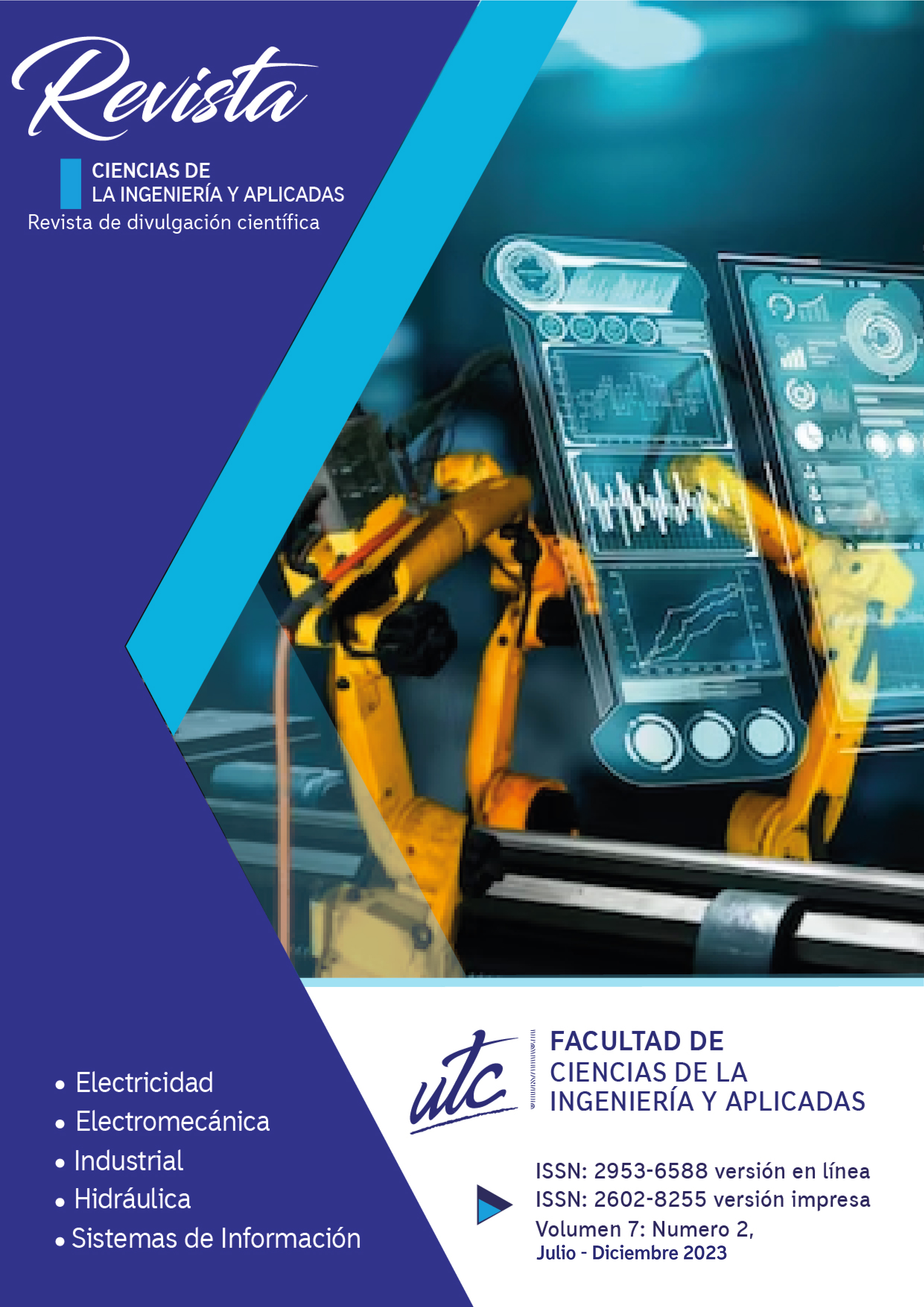Metallographic analysis using machine vision: a systematic review of the literature
Abstract
Metallographic analysis is a technique that allows studying the microstructure of metals and their alloys, related to their chemical and mechanical properties. Machine vision is a discipline that uses computational processes to extract information from images. This article presents a systematic review of the literature on the use of artificial vision for metallographic analysis, following the PRISMA methodology. We identified 50 relevant articles, published between 2018 and 2023, that address different aspects of metallographic analysis, such as defect detection, phase classification, grain size measurement, the characterisation of inclusions and the evaluation of surface quality. The methods, techniques and results of the articles were analyzed, as well as the challenges and opportunities for future research. It is concluded that machine vision is a useful and promising tool for metallographic analysis, which offers advantages such as automation, precision, speed and cost reduction.
Downloads
References
L. O. Freire, L. M. Navarrete, B. P. Corrales, and J. A. Porras, “Metallographic analysis of the percentage of carbon in the test tube based on artificial vision,” Smart Innovation, Systems and Technologies, vol. 213 SIST, p. 1 – 11, 2021, cited by: 0. [Online]. Available:
D. Cheng, W. Sha, Z. Xu, L. Huang, Y. Du, S. Tang, Y. Guo, Y.-C. Cao, and S. Cheng, “Computer vision analysis on material characterization images,” Advanced Intelligent Systems, vol. 4, 3 2022.
G. Fotos, A. Campbell, P. Murray, and E. Yakushina, “Deep learning enhanced watershed for microstructural analysis using a boundary class semantic segmentation,” Journal of Materials Science, vol. 58, p. 14390 – 14410, 2023, cited by: 0; All Open Access, Hybrid Gold Open Access. [Online]. Available:
M. Awd, S. Mu ̈nstermann, and F. Walther, “Effect of microstructural heterogeneity on fatigue strength predicted by reinforcement machine learning,” Fatigue and Fracture of Engineering Materials and Structures, vol. 45, pp. 3267–3287, 11 2022.
Y. Ai, S. Han, C. Lei, and J. Cheng, “The characteristics extraction of weld seam in the laser welding of dissimilar materials by different image segmentation methods,” Optics and Laser Technology, vol. 167, 2023, cited by: 0. [Online]. Available:
X. Fang, Q. Luo, B. Zhou, C. Li, and L. Tian, “Research progress of automated visual surface defect detection for industrial metal planar materials,” Sensors (Switzerland), vol. 20, pp. 1–35, 9 2020.
A.-I. Garcia-Moreno, “Automatic quantification of porosity using an intelligent classifier,” INTERNATIONAL JOURNAL OF ADVANCED MANUFACTURING TECHNOLOGY, vol. 105, pp. 1883–1899, 12 2019.
E. Belin and V. Boucher, “An imaging system based on laser optical feedback for fog vision applications,” vol. 7088, 2008, cited by: 2. [Online]. Available:
H. Eckart, “5 quantitative description of microstructures by image analysis.”
E. A. Holm, R. Cohn, N. Gao, A. R. Kitahara, T. P. Matson, B. Lei, and S. R. Yarasi, “Overview: Computer vision and machine learning for microstructural characterization and analysis,” Metallurgical and Materials Transactions A: Physical Metallurgy and Materials Science, vol. 51, pp. 5985–5999, 12 2020.
F. Raudies and H. Neumann, “A neural model of the temporal dynamics of figure-ground segregation in motion perception,” Neural Networks, vol. 23, p. 160 – 176, 2010, cited by: 31. [Online]. Available:
M. Rusanovsky, O. Beeri, and G. Oren, “An end-to-end computer vision methodology for quantitative metallography,” Scientific Reports, vol. 12, 2022, cited by: 5; All Open Access, Gold Open Access, Green Open Access. [Online]. Available:
R. Su, C. Sun, C. Zhang, and T. D. Pham, “A novel method for dendritic spines detection based on directional morphological filter and shortest path,” Computerized Medical Imaging and Graphics, vol. 38, p. 793 – 802, 2014, cited by: 8. [Online]. Available:
K. Shimonomura and T. Yagi, “Neuromorphic vlsi vision system for real-time texture segregation,” Neural Networks, vol. 21, p. 1197 – 1204, 2008, cited by: 4. [Online]. Available:
B. J. M. Sarruf, R. de Azevedo Cidade, V. P. Braga, and G. J. Santana, “Classifiers performance evaluation in quantitative metallography; [avaliac ̧ ̃ao do desempenho de classificadores em metalografia quantitativa],” Revista Materia, vol. 20, p. 384 – 391, 2015, cited by: 0; All Open Access, Gold Open Access. [Online]. Available:
A. Zeman, O. Obst, and K. R. Brooks, “Complex cells decrease errors for the muU ̈ller-lyer illusio a model of the visual ventral stream,” Frontiers in Computational Neuroscience, vol. 8, 2014, cited by: 4; All Open Access, Gold Open Access, Green Open Access. [Online].
Copyright (c) 2023 Ciencias de la Ingeniería y Aplicadas

This work is licensed under a Creative Commons Attribution-NonCommercial-NoDerivatives 4.0 International License.
The authors who publish in this journal agree to the following terms:
- Creative Commons Attribution-NonCommercial-NoDerivatives License allows others to share the work with acknowledgment of authorship of the work and initial publication in this journal.
- Authors may separately establish additional agreements for the non-exclusive distribution of the version of the work published in the journal (for example, placing it in an institutional repository or publishing it in a book), with an acknowledgment of its initial publication in this journal.
- Authors are permitted and encouraged to disseminate their work electronically (for example, in institutional repositories or on their own website) before and during the submission process, as it can lead to productive exchanges, as well as further citation. earliest and largest of published works (See The Effect of Open Access) (in English).











